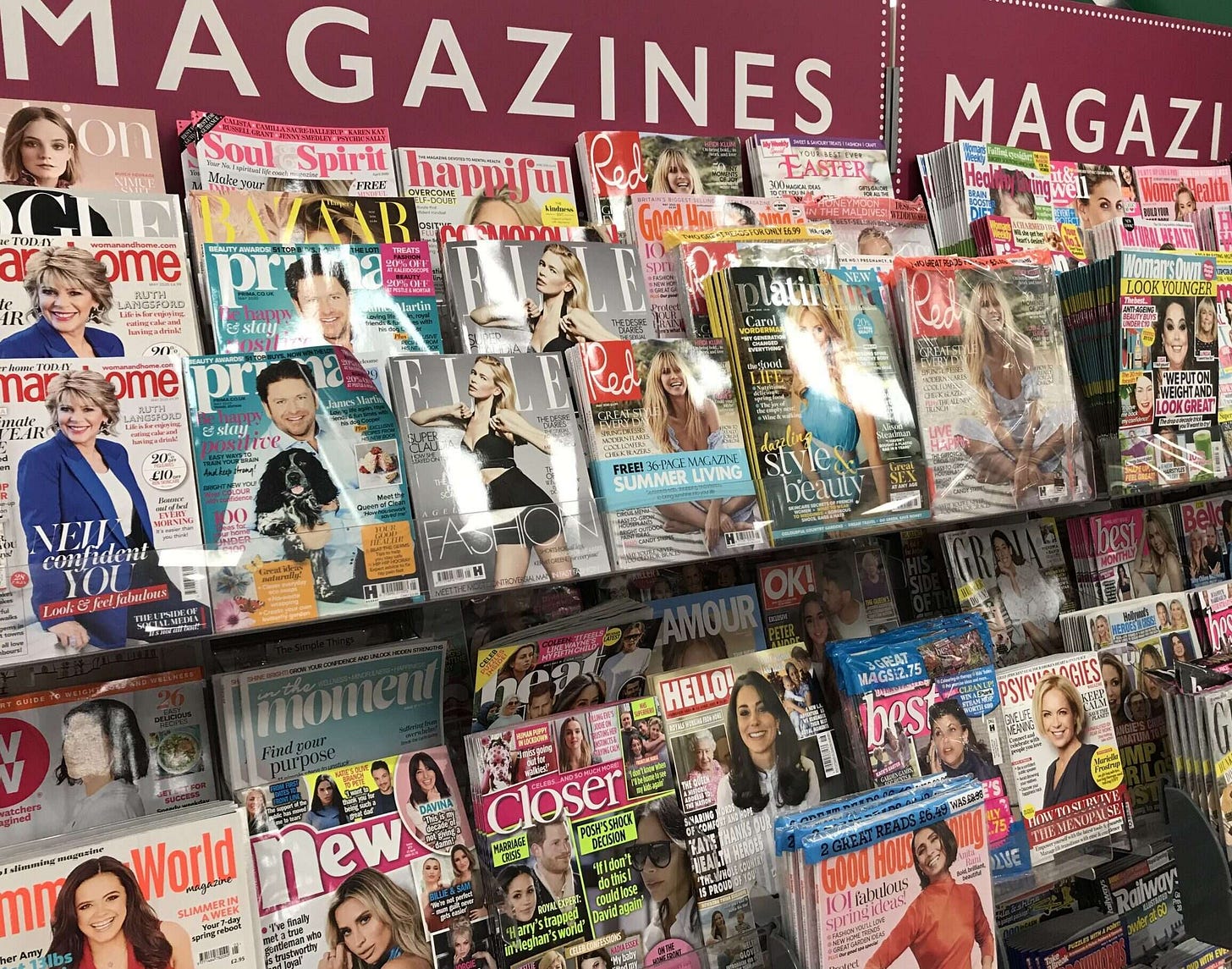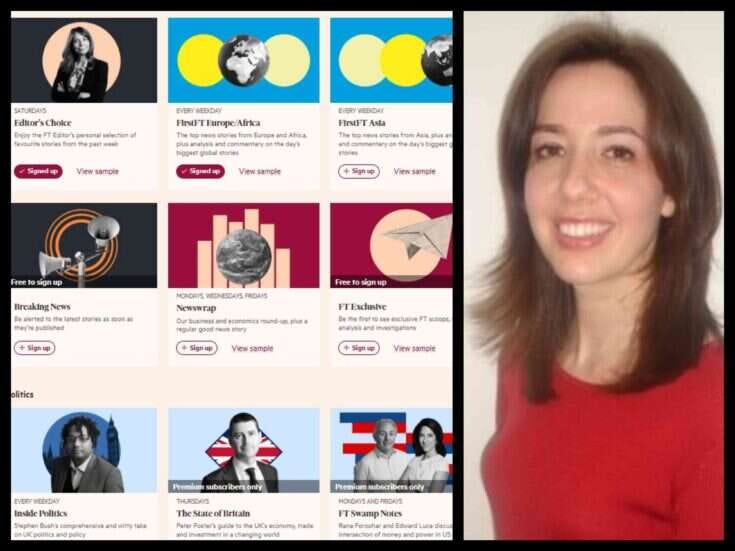Magazine circulation ABCs 2024 in full
Digital editions, news magazines and women's titles broken down in detail
Good morning and welcome to your daily Press Gazette media briefing on Wednesday 19 February.
Sorry about the late newsletter today but we’ve been toiling away to get you no fewer than four stories about the new magazine ABC figures published yesterday.
We of course have one big story with all the numbers if you just have time for one digest. It paints a picture that’s probably about what you expect: half of print magazines saw their distribution drop by 10% or more in 2024.
We’ve got a deeper dive into news and current affairs magazines, which appears to show Prospect’s work “fixing the plumbing” is paying off.
We also break down women’s weeklies and other female-focused titles which show just four out of 60 brands with print growth.
And finally an interesting revelation for us: just how much of digital magazine readership now comes from bundle services like Apple News+ and Readly.
We think this is an important distinction because publishers won’t be getting a full subscription price for those readers.
But, ultimately, if publishers are getting their product out to more people and the economics make it worth it, then it’s an important part of the ecosystem. Indeed Immediate Media CEO Sean Cornwell told us last year that Apple News had become a seven-figure revenue line for them.
On Press Gazette
Magazine ABCs 2024: Half of print titles see distribution drop 10% or more
Among the 164 ABC-audited titles with print distribution, 13 increased their print circulation year on year and six remained flat.
News and current affairs magazine ABCs 2024: Prospect digital growth offsets print decline
Private Eye, a print-only product, continued to be the UK’s best-selling news and current affairs magazine despite staying steady year on year at an average of 232,638 sales per fortnight.
Women’s interest magazine ABCs: Four out of 60 titles see print growth in 2024
The biggest overall growth was at Grazia, published every two weeks, which was up 46% to an ABC total of 137,376 despite a print decline of 5% to 43,977. Grazia’s ABC digital circulation was up 94% to 93,399 but this was almost entirely made up of “all you can read” subscribers.
ABCs: 55% of digital magazine circulation comes from Spotify-style services
In total 66 of the 126 digital magazines included in our analysis saw a year-on-year circulation decline – just over half.
News in brief
New PA Media editor-in-chief Jack Lefley says his ambition is for PA journalism "to reach an ever-growing audience" including via "smarter use of data in our day-to-day decision making" and using AI "to free up our journalists to do their most impactful work". (PA Media)
Ex-British Vogue editor-in-chief Edward Enninful has co-founded a media company called EE72 with his sister Akua to "develop and produce transformational content, immersive experiences and innovative products that challenge audiences to see the world through new eyes". (Fashion United)
Reddit is testing ways to paywall some content for the first time. (Gizmodo)
Hearst's chief executive in the US, Steve Swartz, has told staff the company had record revenues of $13bn last year and record profits despite challenging conditions at "many of the consumer media businesses", but 2025 is expected to be tougher. (The Hollywood Reporter)
Also on Press Gazette:
Reach told by ASA to stop posting ad features on social media without flagging
New London newspaper launches with promise to revitalise Fleet Street
Who’s suing AI and who’s signing: 14 publishers join lawsuit against start-up Cohere
National World shareholders approve acquisition by Media Concierge
Two Birmingham Live headlines ‘actively misleading’ says IPSO
Latest Press Gazette podcast
Podcast 82: Newsletter strategy for publishers: Masterclass with the FT's Sarah Ebner
Over four years at the Financial Times head of newsletters for the title Sarah Ebner has helped grow the title's number of email subscribers from 500,000 to 1.6 million. She told Press Gazette that email newsletters are now the biggest driver of reader engagement at the FT. They are also hugely important for subscriber loyalty and finding new paying readers as well as providing advertising and subscription revenue in their own right.






